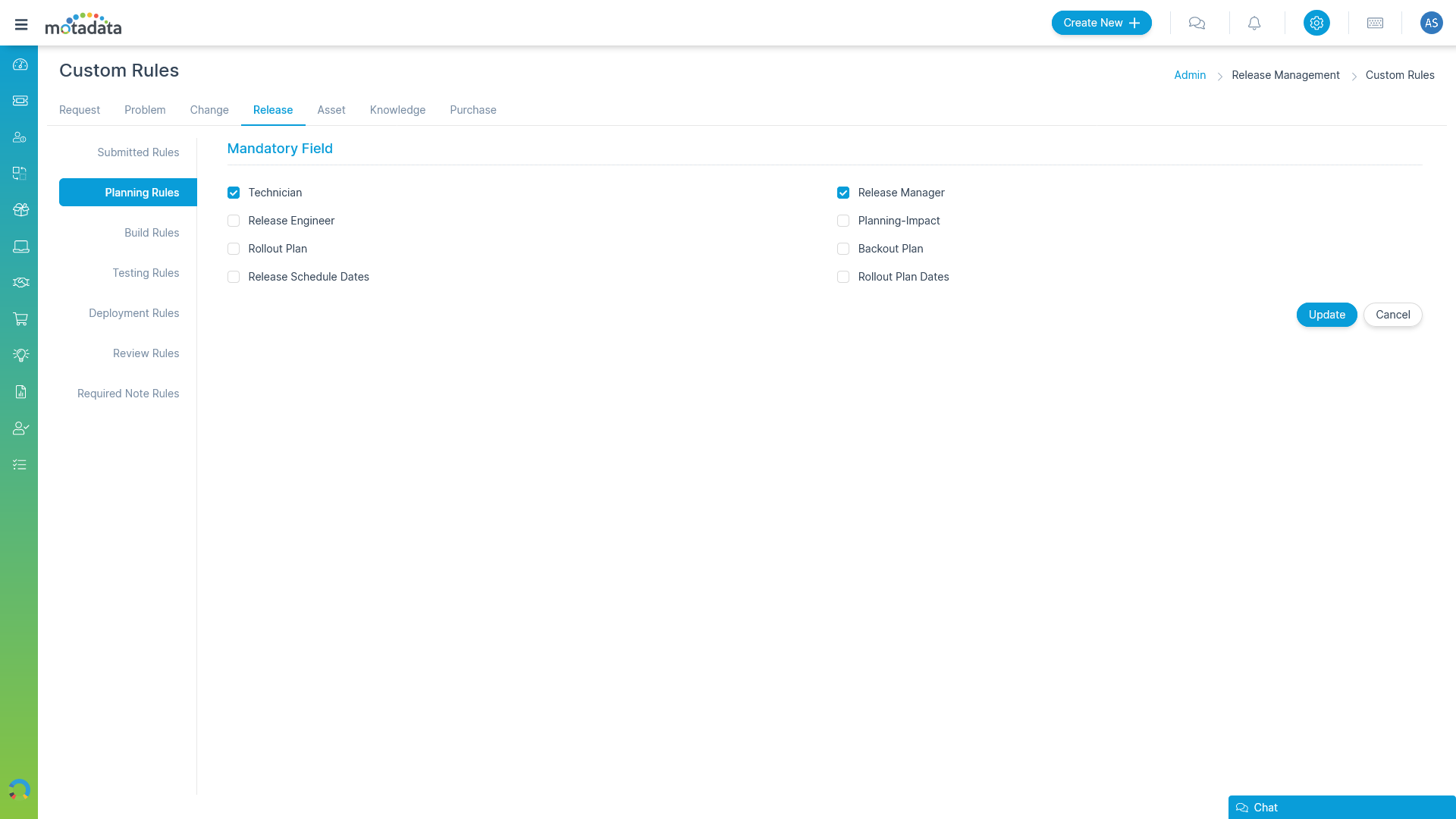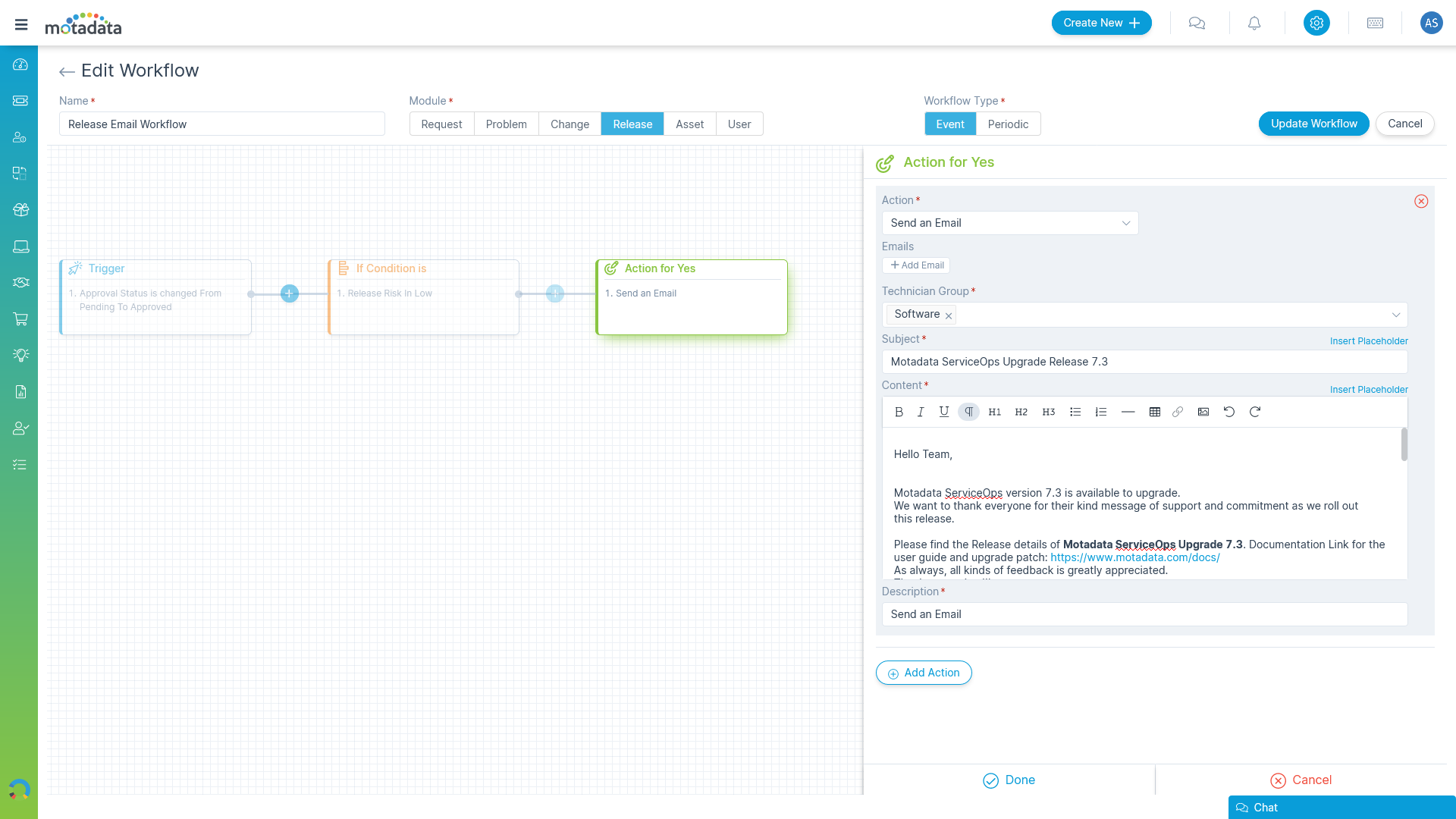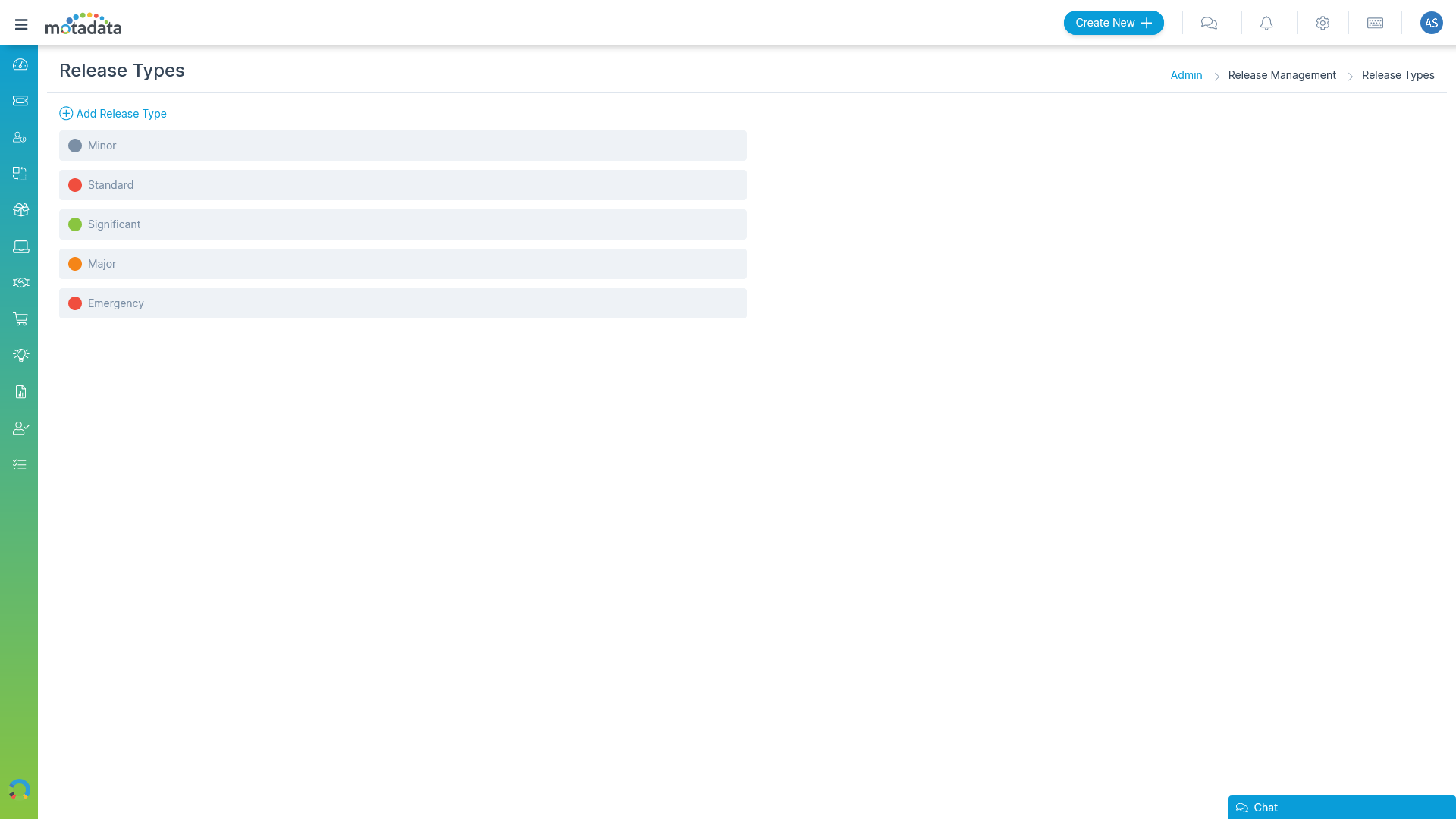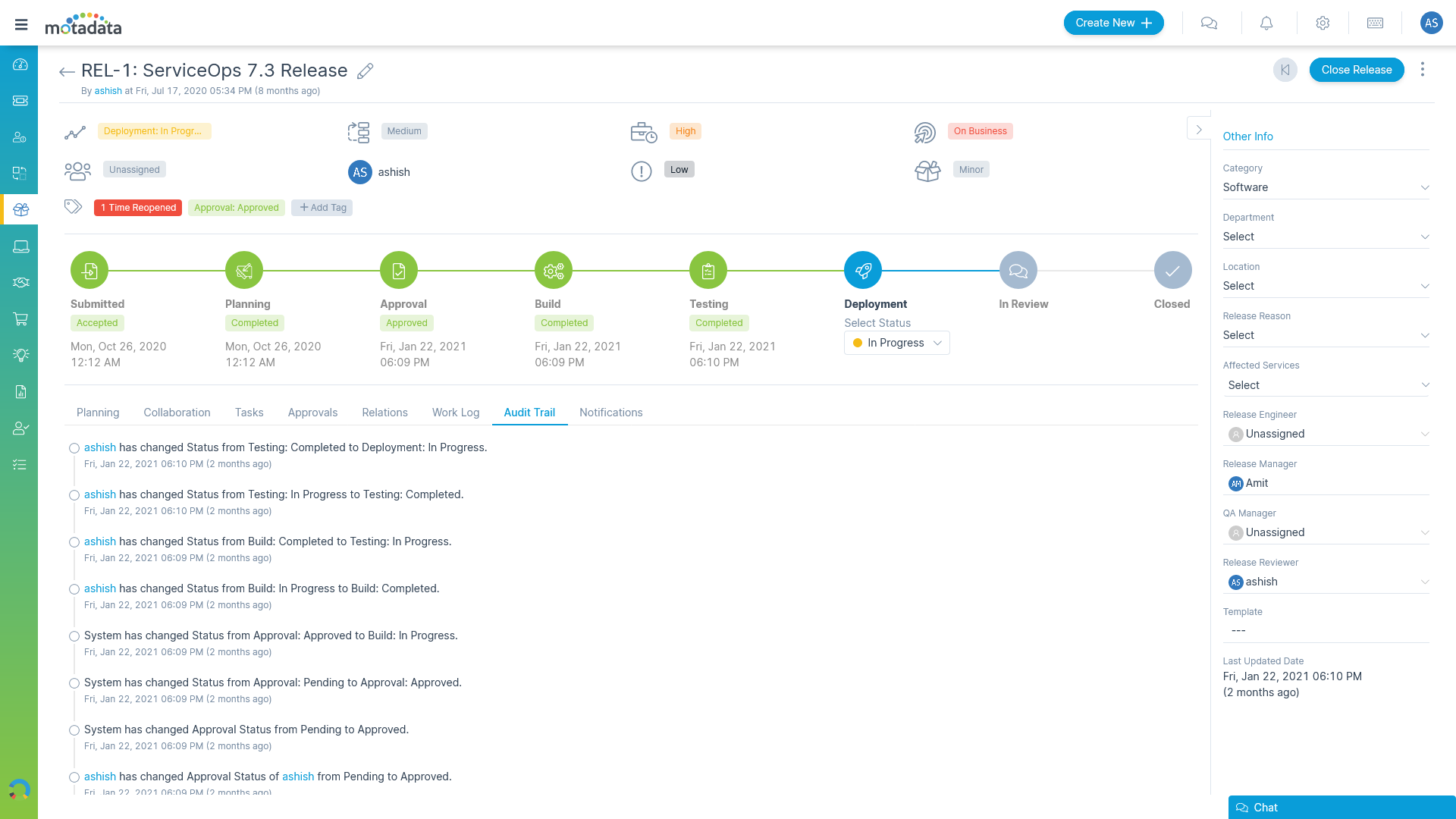Deliver New Features with
Speed and Accuracy
Maximize Transparency into your Releases using our ITIL-aligned Release Management that Reduces the Overall Risks with Stage-wise Deployment.

Plan and Track Releases with Stage-wise Deployment
Allow your release manager to visually plan out each stage in the deployment process.
- 7 predefined stages
- Dedicated approval stage
- Custom rules for each stage
Key Benefits
- Increase Efficiency
- Increase Predictability

Automate Deployment Processes with Workflows
Set event-based workflows to automate processes while managing a release.
- Send email notifications
- Assign technician
- Trigger bots
Key Benefits
- Save Time
- Reduced Manual Errors

Prioritize Releases based on Release Types
Not all releases are the same. Assign priority to the release process based on the release category.
- Create standard releases
- Create major releases
- Create emergency releases
Key Benefits
- Better Prioritization
- Contingency Planning

Manage Risk of Change with Proper Governance
Enable your managers to work on changes and deployments with complete transparency.
- Record scheduled time of a release
- Create build and test plans
- Assign dedicated stakeholders for each stage
Key Benefits
- Promote Transparency
- Establish Accountability
Improve Your
Service Operation By 30%
Other Features
Integrated Release Management with Features for Minimizing the Risk Associated with Changes and Deployments.
Ebook
IT Service Desk, A Complete Guide
A Guide to Supercharge your IT Service Delivery.
Other ServiceOps Modules
Explore ServiceOps
IT Service Management Solution that is Easy to Use, Simple to Set Up, and has Everything you Need to Provide a Seamless IT Service Delivery Experience.
Try ServiceOps for 30 Days
Download our software free of cost for 30 days
Schedule Demo With Our Expert
Book a slot in our calendar and experience ServiceOps live.
Do You Have Any Questions? Please Ask, We Are Ready To Support
If your question is not listed here, please feel free to reach out.
The main difference between change management and release management is that change management provides a risk-mitigation approach. Because the impact of a change might span several departments and business sectors, change management techniques are designed to minimize or eliminate disruptions. As a result, change management is a more strategic process.
Release management is primarily concerned with how releases or upgrades will be designed and deployed. Most of the procedures involved in the release management cycle are more operational to provide services to end-users more quickly and consistently.
A release is an assortment of one or more new or updated services or service components that have been deployed into the live environment because of one or more changes. Users can avail services and features after a release.
An environment is a sub-section of the IT infrastructure that is utilized for a specific purpose, and deployment is the process of transferring software from one regulated environment to another.
The business justification is the essential differentiator between deployment and release. Deployment does not always imply that users have access to functionality. Some organizations will release at the same time as they are deploying to production. Others will opt to wait, resulting in the new features being in production but unavailable to users until the organization decides.
Thus, release management is more of a business concern than a technological one. This is because release scheduling decisions can be linked to business strategy in terms of revenue management.
The Release Manager oversees planning and overseeing the deployment of releases to test and production environments. His major responsibility is to ensure the integrity of the live environment and to release the right components.
Other responsibilities include developing and publishing release plans and providing timelines for release build and test, deployment, early life support, and closure, managing schedules, and resource allocation interacting and communicating with various teams to keep track of multiple release timelines, conducting a critical review of all release and change collaterals, tracking all releases that have been implemented and are to be implemented, and providing appropriate training to the release management team members.
ITIL release management process best practices include reviewing and amalgamating evaluations of the existing release management processes, simplifying new release management systems, developing the release management life cycle, streamlining lightweight processes to accelerate releases, creating concise yet effective documentation of the agreed-upon build in every release cycle, developing a regulated infrastructure using the configuration management system, measuring performance with release management KPIs, and providing training and creating awareness workshops for release management teams.
